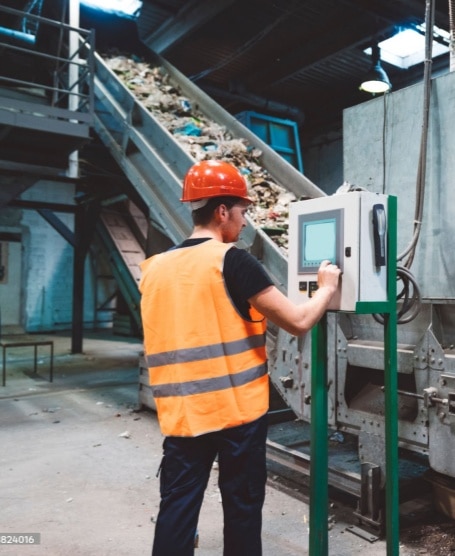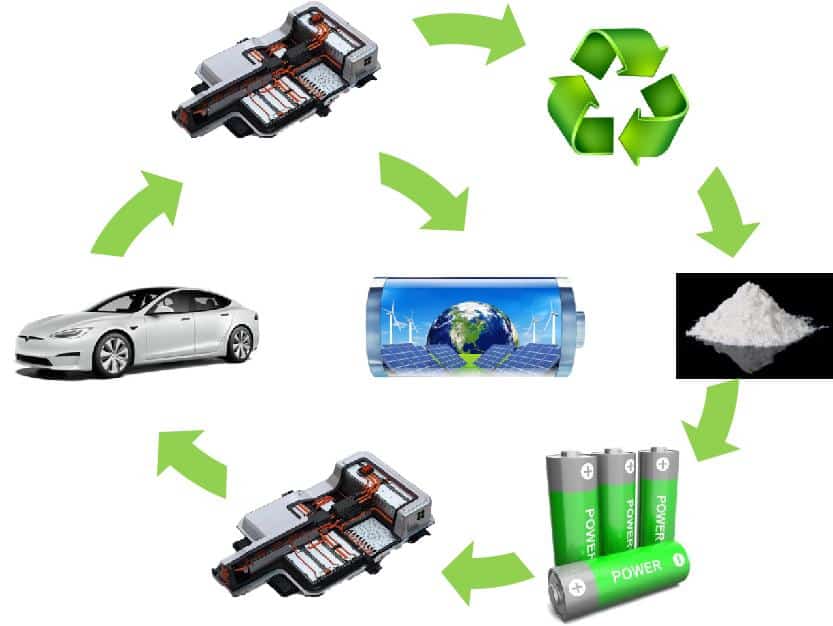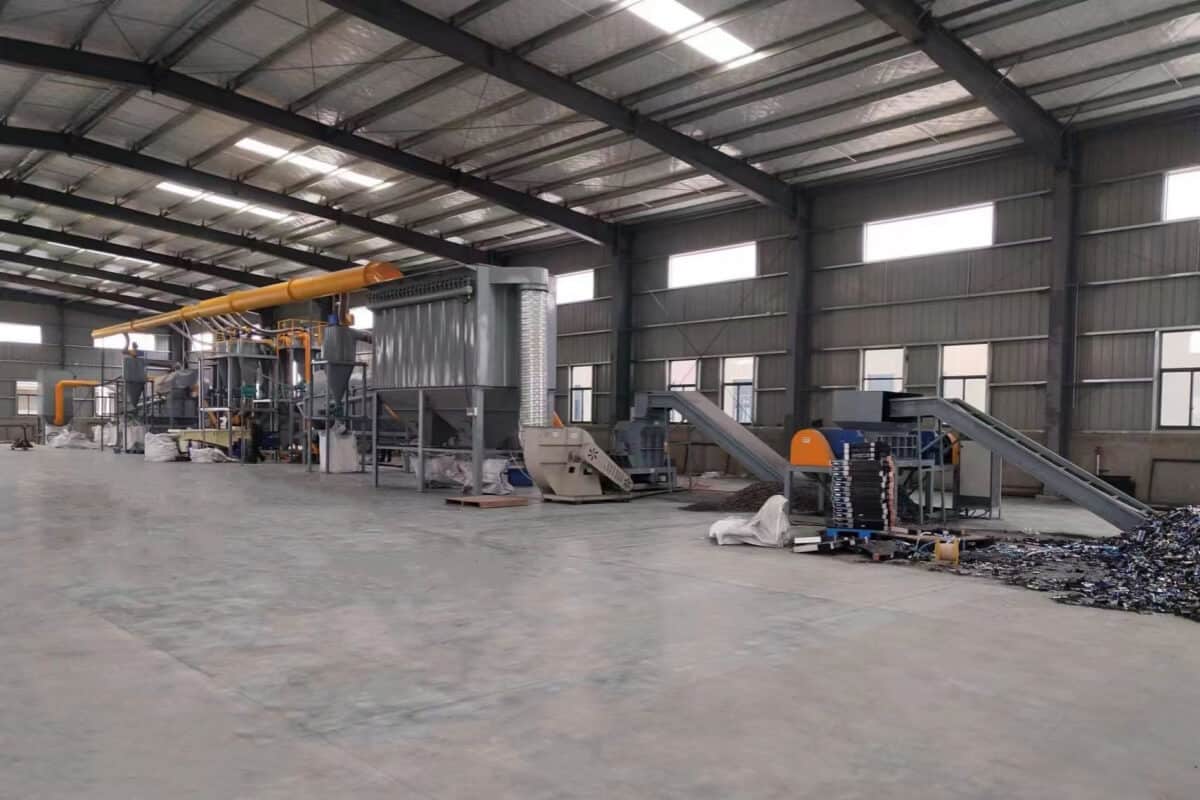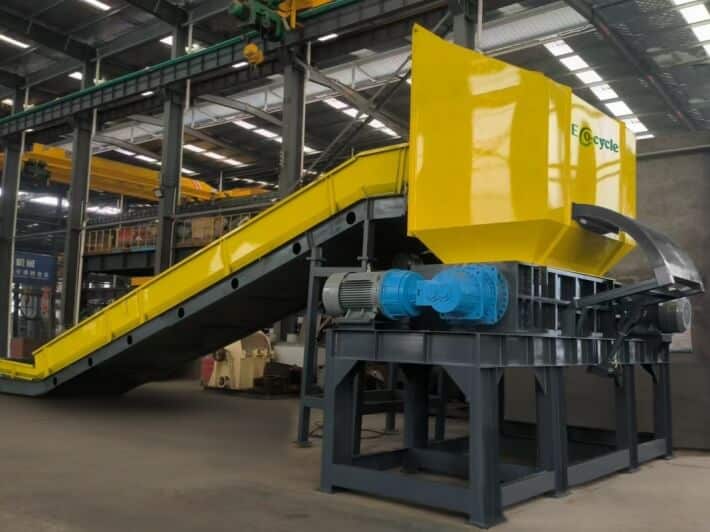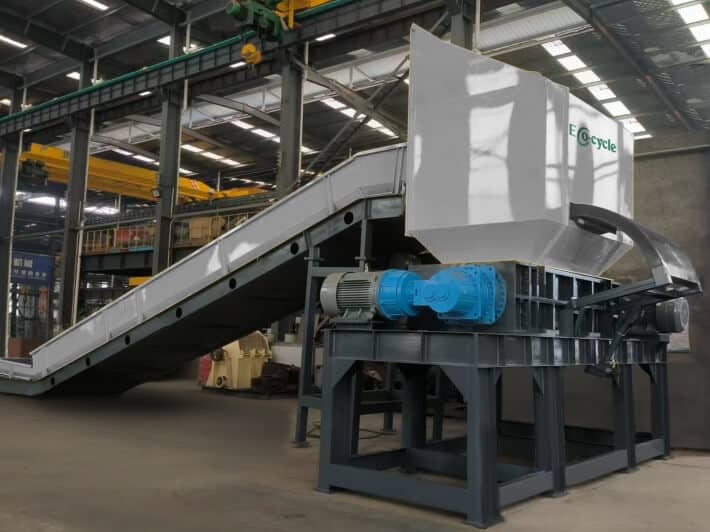Lithium batteries are ubiquitous as a core component for storing energy, from electric vehicles to portable electronic devices. As lithium batteries reach the end of their useful life, how can these waste batteries be properly disposed of? Used lithium batteries contain a large amount of valuable metals, such as lithium, cobalt, nickel and manganese, which can be efficiently extracted and reused through scientific recycling technologies, thus realising the recycling of resources.

To meet this challenge, lithium battery recycling dismantling lines have emerged. These dismantling lines can process up to 20,000 tonnes of used lithium batteries per year, separating and recycling the valuable materials in the used batteries through advanced technology and equipment. This not only reduces the impact of waste on the environment, but also provides assistance in the reuse of resources.

At present, the recycling treatment of waste lithium batteries mainly includes physical dismantling, chemical leaching and metallurgical purification steps. Firstly, the batteries are pre-treated by discharging and dismantling to separate the shell, diaphragm and electrode materials. Subsequently, the metal components in the positive and negative electrode materials are separated from the non-metal components by physical methods such as crushing and sieving. In order to improve the metal recovery rate, hydrometallurgical or pyrometallurgical technologies are usually used to extract valuable metals such as cobalt, nickel and lithium by acid leaching or high temperature smelting. In addition, electrolyte and organic solvents can also be recycled and treated by distillation and adsorption to avoid the emission of harmful substances.
With the continuous optimisation of recycling technology, the recovery rate of lithium batteries will be further improved, promoting the development of green circular economy. Therefore, we should not regard waste lithium batteries as waste, but as valuable ‘urban minerals’, through scientific means to achieve the maximum use of resources.





